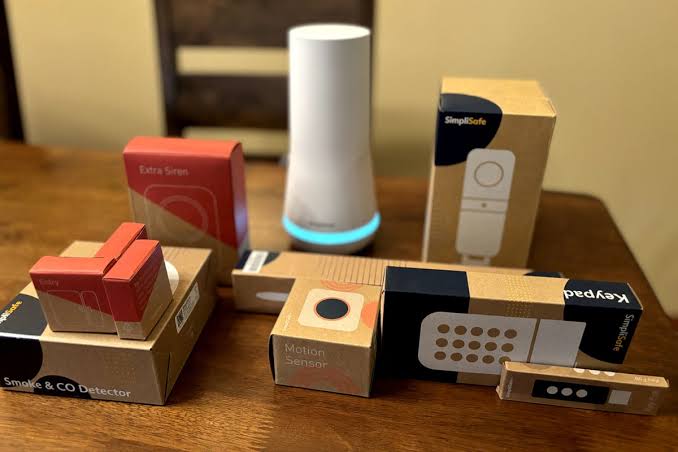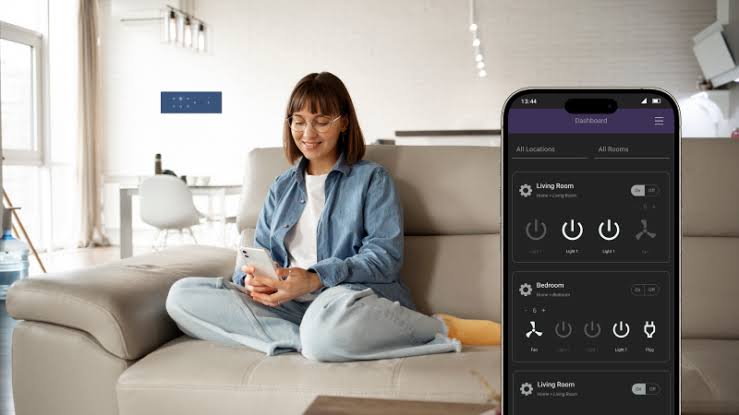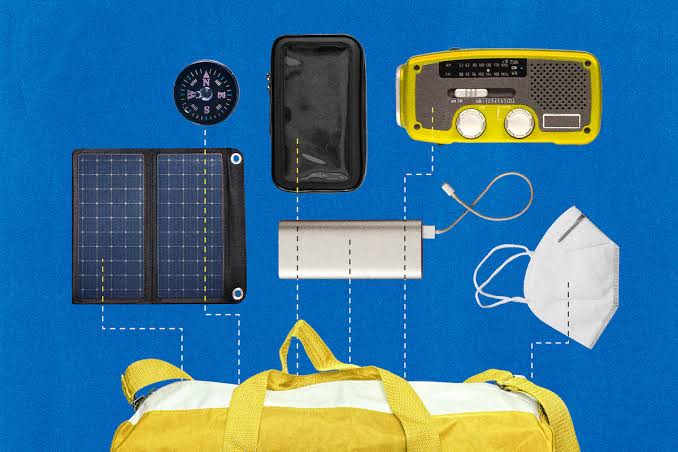In recent years, the integration of smart gadgets into home security systems has transformed the way people protect their properties. Traditional locks, alarms, and manual surveillance have given way to advanced, interconnected devices that provide real-time monitoring, automation, and remote control. These technologies not only enhance safety but also offer convenience and peace of mind to homeowners.
Smart Security Cameras
One of the most popular smart gadgets for home security is the smart security camera. These devices allow homeowners to monitor their property in real time from anywhere via smartphone apps.
Modern smart cameras offer features such as motion detection, night vision, two-way audio, and high-definition video quality. Some models also integrate artificial intelligence to differentiate between people, animals, and vehicles, reducing false alarms.
The ability to store footage in the cloud ensures evidence is available even if the device is damaged or stolen.
Smart Door Locks
Smart door locks have revolutionized home access control. Instead of relying on traditional keys, these locks use PIN codes, fingerprint recognition, Bluetooth, or Wi-Fi connectivity.
Homeowners can grant temporary or permanent access to family members, friends, or service providers. Activity logs track who enters and leaves the home, adding an extra layer of security.
Some smart locks can be integrated with voice assistants, allowing doors to be locked or unlocked using simple voice commands.
Video Doorbells
Video doorbells combine a doorbell, camera, and intercom into one compact device. They enable homeowners to see and speak with visitors before opening the door.
With motion sensors, video doorbells can alert users when someone approaches, even if they do not ring the bell. This makes them effective for deterring potential intruders or package thieves.
Many models offer night vision and cloud storage for recorded footage, ensuring constant security coverage.
Motion and Window Sensors
Motion sensors and window or door sensors play an important role in detecting unauthorized entry. These smart devices can trigger alarms or send instant notifications to the homeowner’s phone.
Some advanced systems integrate with smart lighting, automatically turning on lights when motion is detected to scare off intruders.
Smart Lighting Systems
Smart lighting can be programmed to simulate occupancy when homeowners are away. Lights can be scheduled to turn on and off at specific times or activated remotely through mobile apps.
Motion-activated outdoor lighting helps improve visibility around the property and acts as a deterrent for burglars.
Home Security Hubs and Automation
Centralized home security hubs connect all smart gadgets into one cohesive system. They allow for seamless automation, such as locking doors, activating alarms, and turning on lights with a single command.
Integration with smart assistants like Alexa, Google Assistant, or Apple HomeKit enables voice control and customized routines for enhanced security.
Cloud and AI Integration
Modern smart security gadgets leverage cloud computing for remote storage and AI for advanced threat detection. AI-powered analytics can identify suspicious behavior patterns and alert homeowners before an incident occurs.
This technology reduces false alarms and ensures that genuine threats are prioritized.
Conclusion
Smart gadgets have redefined home security by offering advanced monitoring, automated controls, and instant alerts. From smart cameras and locks to integrated hubs and AI-powered analytics, these tools provide comprehensive protection while making home management more convenient.



